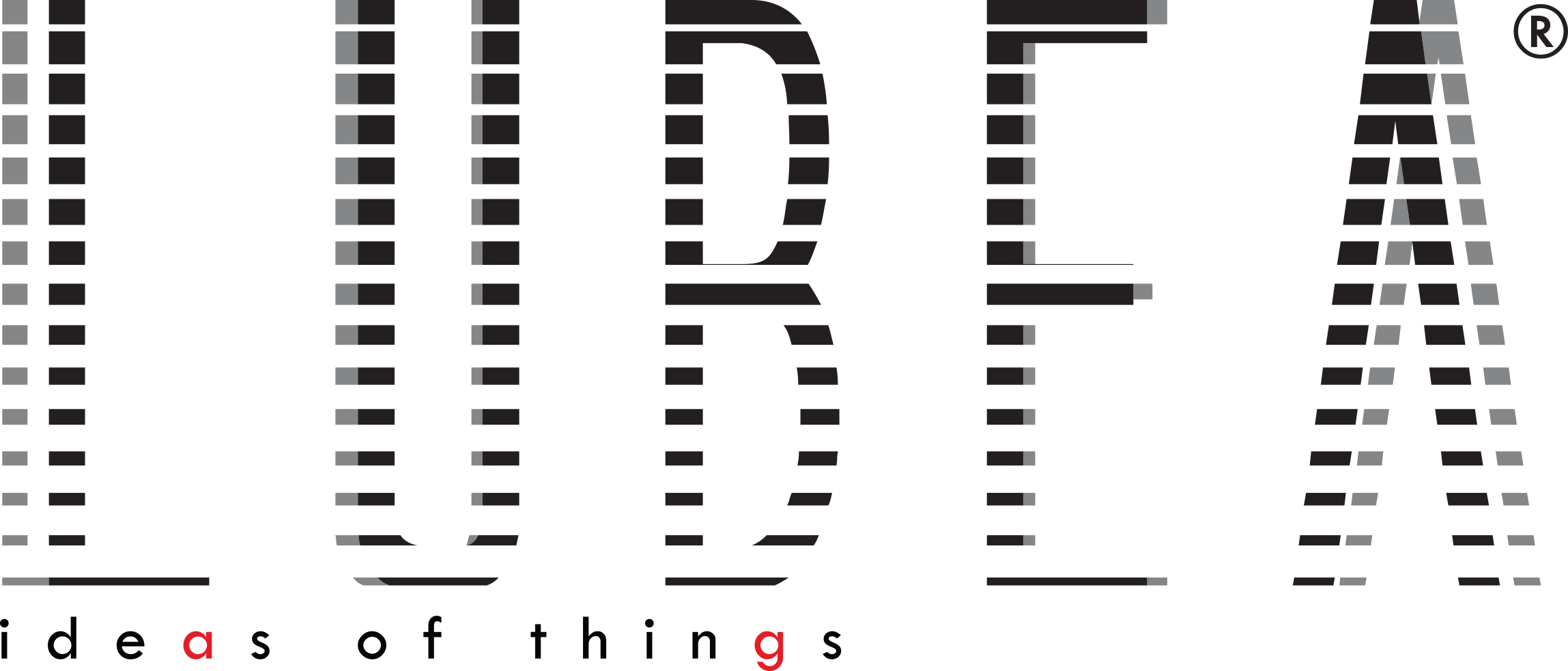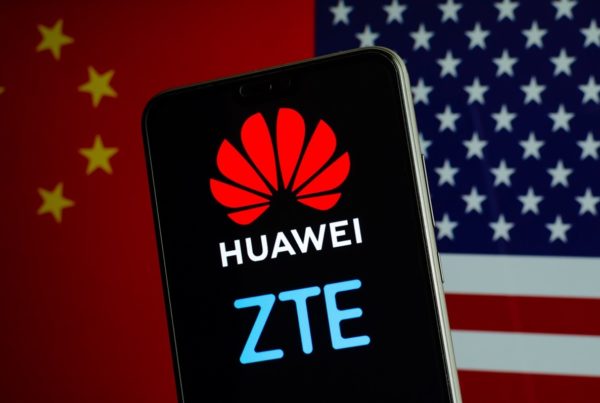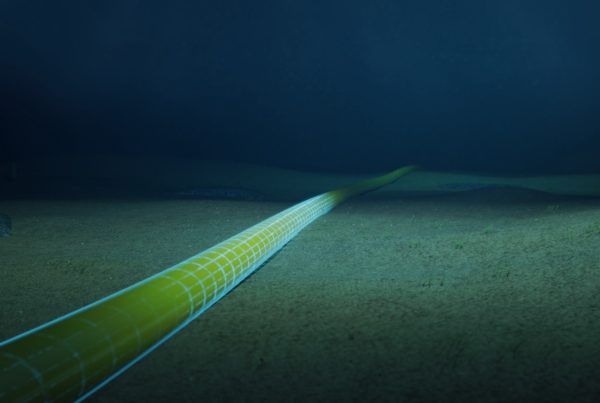The Italian cabinet gives the go ahead for the legislative decree updating and reviewing the European Electronic communications Code with incorporated measures aimed to simplify the building of telecommunications infrastructures. The major changes concern the public use of electronic communication services to adapt regulations to technological progress and accelerate infrastructure development and digital transformation. Furthermore, new rules are introduced to improve broadband coverage in under-served areas. The sanctioning regulations governing the access to the electromagnetic spectrum are being reviewed especially in view of the upcoming raising of exposure limits to electromagnetic fields.
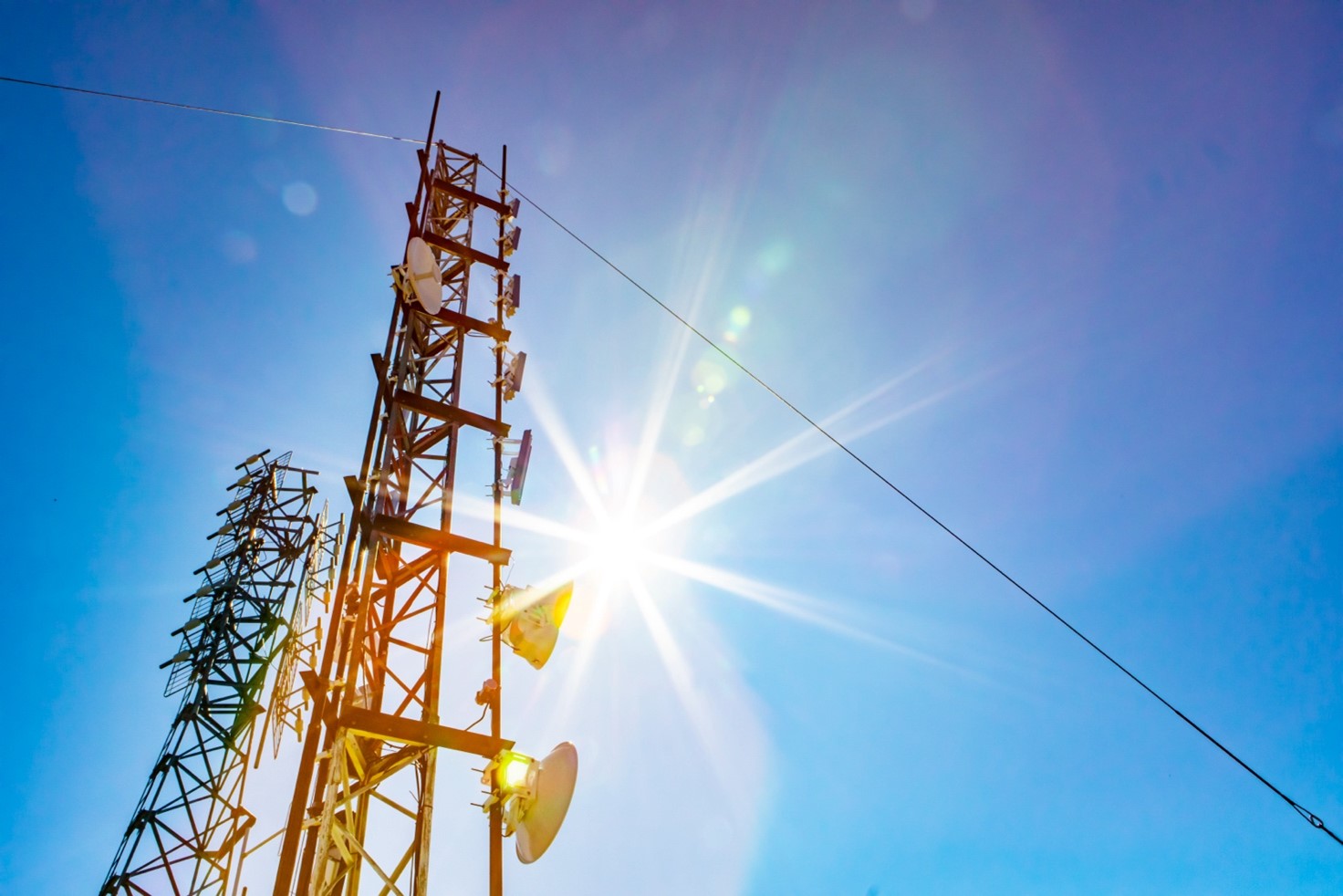 TLC infrastructures to be installed in different sites
TLC infrastructures to be installed in different sites
One of the most important change mobile operators could benefit from concerns the implementation of a series of regulations which should facilitate the installation of new technological infrastructures. Concerning the localization of IT infrastructures, the decree provides that Regions and Local Authorities may deny the installation of a plant in order to safeguard historical and cultural landscapes thus preventing them from being exposed to electromagnetic fields. At the same time, however, it will be up to local authorities to identify an alternative solution that ensures the installation of the plant at another location within the territory. The decree is also needed to find a solution for the missed implementation of installations and to avoid undue delays in the implementation of ultra-wideband infrastructures. With this respect, the procedure to mapping Italian networks is being improved as longs as operators’ declarations regarding network installation plans are binding and subject to Agcom sanctions. Moreover, data on networks’ mapping would be accessible on Data National Digital Platform, or any other tool, to guarantee a detailed and comprehensive mapping of broadband coverage.
Both the Ministry of Enterprises and Made in Italy and Agcom have 1 to 3 years timeframe to update all information gathered from the mapping of coverage within electronic communication networks. These networks can provide broadband Internet connection distinguishing – as always- black areas (densely populated and completely covered by two broadband networks from multiple operators), grey areas (having one broadband network with partial or limited coverage) and white areas (no broadband network coverage and need to public investment as any operators would ever invest in them). The new decree establishes that the mapping should not only survey the geographical coverage but also the degree of network utilization; concerning the mapping of installations by Mimit, it raises the threshold from 100 to 300 Megabytes per second (Mbps) leading the Ministry adopting the same installations.
Network infrastructure works are being simplified
Concerning authorizations, the decree introduces simplifications regarding network infrastructure works: the authorization requests for the installation of new infrastructures will be submitted to the local body via a telematic portal or through certified email. Furthermore, for plants installation requiring less impactful operations, the trial submission signed by a qualified expert will no longer be needed. The right to access common parts of buildings for the installation of ancillary works (network elements, cables, wires) is also extended.
Even though a sworn declaration from a qualified expert, about the laying of electrical conduits and metal pipes stating that there is no interference with electronic communication networks, will suffice, a subsequent control by the competent territorial inspectorates will be needed. Finally, the ineffectiveness of a belated negative decision regarding the installation of infrastructures is explicitly stated.
New guidlelines about limits to electromagnetic fields
In view of the new guidelines limiting the exposure to electromagnetic fields, which will be put into effect by April 30, the formulation of a fair electromagnetic fields’ distribution has been introduced in the Decree. The first measure concerns the fair allocation of spectrum, which establishes a threshold for each operator proportional to the bandwidth he/she holds, introducing the principle of proportionality. Basically, the authorization for occupying the electromagnetic space depends on TLC operators’ allocation of resources which must comply with multi-criteria approach to a fair and efficient bandwidth. This way, it prevents the monopoly of the new electromagnetic space, following its upcoming increase from 6 v/m to 15 v/m, ensuring the involvement of all interested operators (even those with smaller spectral allocations), respecting their investments, encouraging them to resort to more efficient technologies, and guaranteeing the best infrastructure for 5G systems.
The second measure concerns the introduction of the principle of effectiveness, according to which the Ministry and the ARPA, after the allocation of resources, verify the actual use of powers, thus avoiding the monopolization. The combined provision of these two measures aims to mirror the real situation about spectrum use and current availability in our country. Moreover, based on the Decree, if the sites haven’t received enough requests exceeding the limit and threshold, operators may temporarily request a proportional increase of the permitted value until the rightful owner decides to take over. Should pre-existing services or the assignment of new bands change, the fixed limit would be recalculated, and authorizations adjusted.
On the one hand, the competent body might make some additional adjustments in case the electromagnetic space is not used properly while on the other, operators can just submit a communication to the administration and the competent body responsible for carrying out inspections stating that they would like to implement the electromagnetic space without installing or changing any facility.
 Penalties
Penalties
Penalties outlined in the electronic communications code are reduced by one-third of the minimum if the offender pays within 10 days following the violation. This reduction does not apply to holders of sound and television broadcasting facilities, as they already benefit from these reductions. New penalties could be also introduced for call centers engaging in unfair commercial practices, violating restrictions about accessing governing body data, but also for those who manufacture, import, sell, or assemble car radio receivers and digital television equipment which don’t comply with the law.
New directives against unfair commercial practices
The decree also introduces a series of limitations for unfair commercial practices carried out through mobile network. Specifically, the new provisions allow Agcom to block communications coming from abroad that illegitimately use national numbers – such as call centers. Agcom is also given the power to block websites that provide apps, software systems, or illegal services, such as illegitimate remuneration of users from other operators, the creation of parallel networks (dark web) that can be used for illicit activities (copyright infringement, violation of privacy, child pornography, identity theft).
When delivering or providing users with electronic card or eSIM, an identification process before activating them is required. In cases of new activation, change of SIM card and portability number, operators must take all necessary measures to ensure they get contact and personal info of contract holder, like ID or any equivalent digital document.
 Minister Adolfo Urso: Italy is taking all necessary steps and moving in the right direction
Minister Adolfo Urso: Italy is taking all necessary steps and moving in the right direction
The Minister of Enterprises and Made in Italy, Adolfo Urso, has positively welcomed the new Decree. Soon after the executive approval, he said “Italy is finally moving in the same direction as other European countries…Measures adopted by the Council of Ministers, simplifying networks infrastructure, and raising exposure limits to electromagnetic fields, represent a key turning point for country’s economic growth and development. The connectivity across Italy will be improved, providing citizens with higher quality of services, and enabling businesses to become more competitive.”
Final thoughts
The approval of the legislative decree solves many problems which keep affecting the Italian TLC industry. For instance, one of the positive changes concern the raising of exposure limits to electromagnetic fields (Iin our country these limits are still lower than those set in other European countries). Both the new measures defining the rules about TLC networks’ modernization works and the alternative location for installing new networks’ infrastructure are positively welcomed. Once the legislative decree is approved by the Council of Ministers, it is issued by the Head of State and published on Gazzetta Ufficiale. It will, then, enter into force 15 days later the publication.
